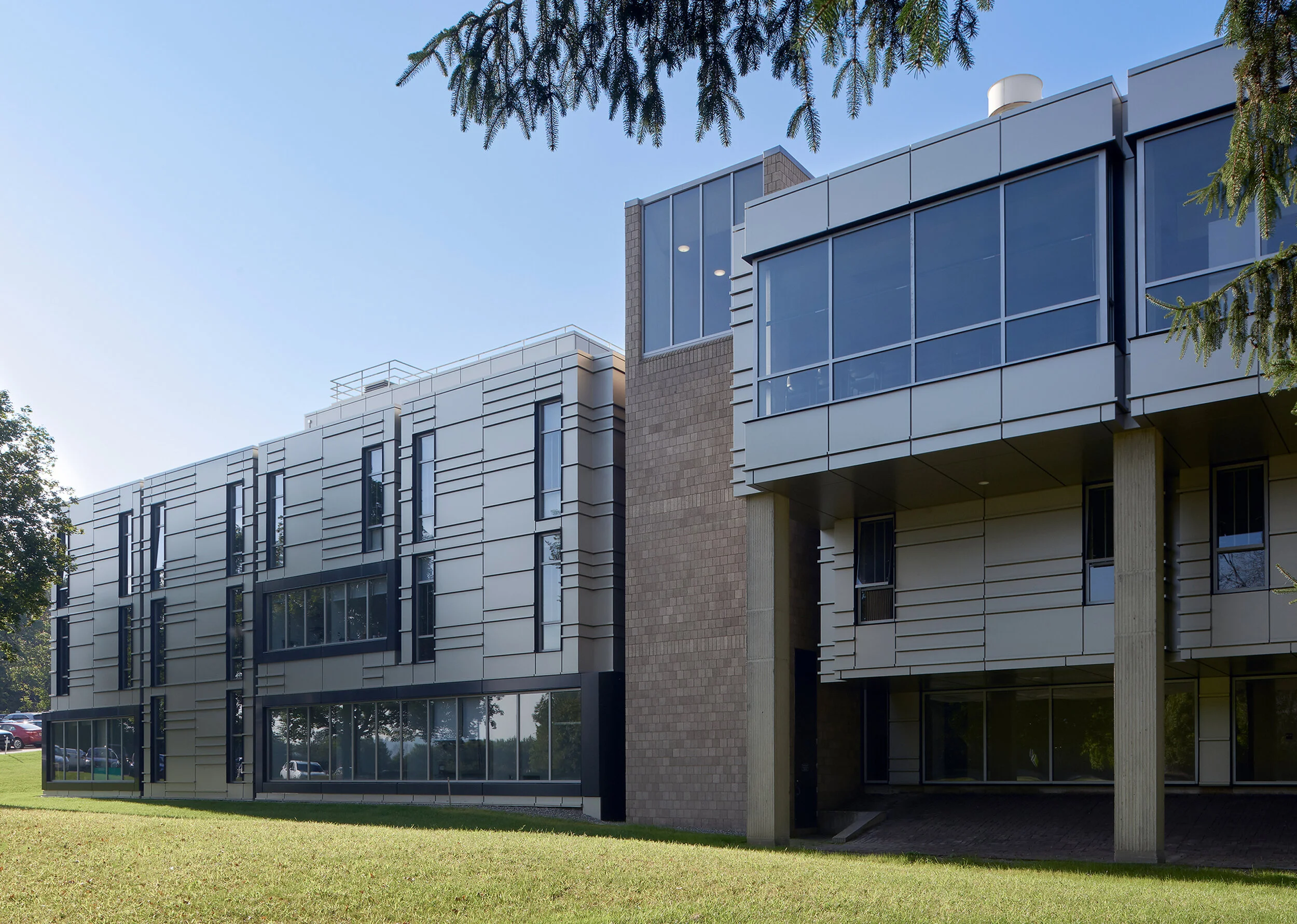DEEP ENERGY RETROFIT
At Ashley McGraw Architects, we combine our knowledge of renovations with our building science expertise to develop thoughtful, effective approaches to a Deep Energy Retrofit. Through many projects we have developed reliable strategies that:
Reduce energy loss
Improve occupant comfort
Eliminate condensation and mold risk
Enhance the performance of HVAC systems
Extend the life of the buildings that we help renovate






Our three-part Deep Energy Retrofit approach includes assessment, analysis, and optimization:
1: Assessment
The Assessment phase of a Deep Energy Retrofit focuses on the function and condition of the building, with emphasis on the building envelope and the mechanical systems, as these are the primary drivers of a Deep Energy Retrofit. Once the existing conditions are assessed, it is time to set some goals. We will start by determining the baseline energy use, either through actual utility information, or, when not available, through modeling. An “Energy Budget” is established as a baseline to best understand the project’s energy goals.
2: Analysis
Entering the Analysis phase, we know what we are dealing with and have clear goals. Throughout this phase, modeling of different iterations continues as the team hones in on the best combination of strategies. These will include aesthetic exploration that best reimagines the look and feel of the exterior, as well as, the technical strategies that improve energy efficiency and long term resilience.
Insulation and air tightness will change the way the façade dries, slowing the drying, so hygrothermal modeling is particularly important in analyzing interior insulation strategies, as an understanding of liquid and vapor movement is critical. Simultaneously with the envelope analysis, the team reviews the HVAC system and its reconfiguration. Efficiency strategies may include decoupling the heating/cooling from ventilation and providing heat recovery.
3: Optimization
In the final phase, Optimization, we look to take full advantage of synergies between the various systems. For example, what is the optimal amount of insulation, and what impact might that have on HVAC sizing? One goal is to optimize life-cycle costs. Ideally, more money invested in upgrading the façade will result in savings on HVAC equipment. A more fundamental change, like the elimination of perimeter heating due to envelope improvements, can help balance the project budget. In other situations, renewables may be the most cost effective way to reduce the reliance on outside energy sources.
Our focus does not stop at the end of the design phase. Following through during construction, including commissioning, and post-construction with Post-Occupancy Analysis, is critical to the ultimate success of the project and your Deep Energy Retrofit.
